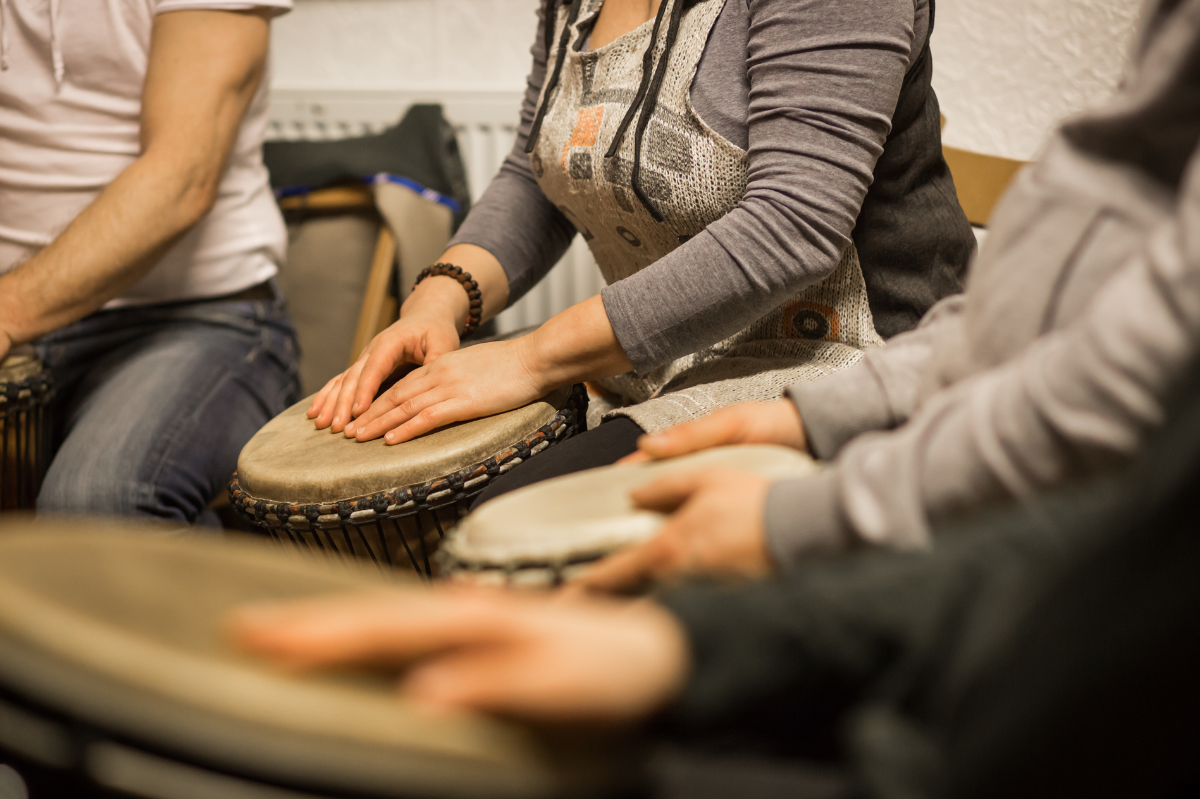Music Therapy, The journey into the world of art therapy continues: after a general overview of art therapy and after entering to give an overview of dance movement therapy/dance therapy and art therapy, a space for reflection on Music therapy, born from a theoretical-practical meeting with the Music therapist Giacomo Cassano.
Music
Music has always played an important role in the field of the arts: think of the musical accompaniment in Greek theater, which intensifies the dramatic effect of the word (evocative of images) and of the gesture (which instead ideally set the images themselves in motion) in order to amplify the interaction with the spectators. Whoever gets sick physically and/or mentally does nothing but interrupt a communication process both between the outside world and himself.
Contacts and normal relationships with the environment are compromised, and gradually the individual reaches such isolation as to become a stranger to himself. The sick subject sinks deeper and deeper into a blanket of thick fog where perceptual, intellectual, and emotional processes are altered. External reality often becomes something unknown and threatening, something that no longer reflects his inner world and/or vice versa.
Also Read : Varicose Veins Are Not Only An Aesthetic, But Especially a Health Problem
Music can help explore, dispel this fog, and facilitate acquiring and developing knowledge of oneself and others. In this context, it is important to mention the primary therapeutic element that occurs in music therapy: the relational element. In psychodynamics, we could say that the person does not exist outside the relationship. The therapist listens to the music that the patient improvises and the person in the music. We could, therefore, still say that the person” is “the music instead of the person” in “the music. Music is not about the person; it is about the person himself.
The therapist relates to the patient as a musician who places himself in front of a musical score and tries to read and interpret the music inscribed in his person. The unconscious cannot be contacted directly but needs a symbolic – metaphorical mediator that “means” (gives meaning) and reveals its shadow side. According to a consideration of the Jungian matrix, there are archetypal structures, recurrent in dreams and common in myths, which give access to the collective level of the human psyche.
Again, this level, according to Jung, remains healthy even in subjects with mental disorders. As part of a rehabilitation process, we can therefore reactivate a dialogue with the healthy part of the person, going to contact that level.
The archetype, the dream, and the creative images of our mind are the metaphorical mediators of our unconscious, and the therapist must know how to evoke and capture the images and the corresponding emotional contents that music generates in a music therapy process.
Images and music make it possible to act and represent the mental and emotional processes that accompany the transformative path towards its evolution.
It is easier for our thoughts to follow an emotion rather than precede it, so it is important to act on the emotional dimension. Their music therapy refers to a set of ideas and practices united by the conviction that the experience with sound, if properly guided, can have preventive, rehabilitative, and curative functions and as a personal and professional training resource. One of the definitions of Music Therapy reads as follows: “By music therapy, we mean the use of active musical experiences (in which music is produced by cultivating individual or group creative expression in a perspective of socializing communication) or” passive “(in which the listening or taking rhythmic-musical stimuli). These experiences are aimed at the recovery, resocialization, and social integration of people, adults or children, suffering from various types of handicaps that limit their relational and social expression “.
The pivot of music therapy is the “interpersonal process” based on the relationship expressed within the process itself, through sound and music that draws on the sound-musical identity ( ISO .) Of the individual or group
Also Read : Bronchitis In Children: Causes And How To Cure It

